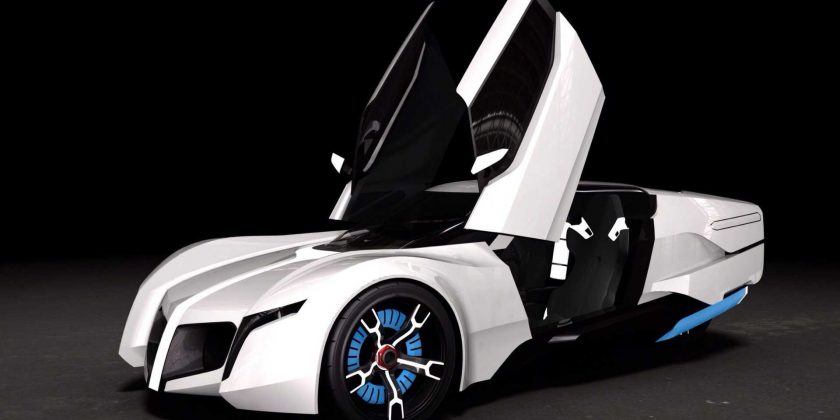Didn’t technology make electric cars possible? It can do the same for three-wheeler safety.
An electric three-wheeler makes sense for a number of reasons. It is inherently lighter than a regular car and presents less air drag, which makes it a more efficient machine. But there are other reasons for them to be on the market, according to Malcolm Bricklin. He is the man behind the Visionary 3EV, and Sandy Munro interviewed him to present his ideas.
The idea is not for Munro to become a new talk show host. On the contrary: it was just a more entertaining way for both of them to present the project of Bricklin’s new vehicle, which Munro & Associates will help to develop. A while ago, both wanted to have Tesla parts in this car, but we are not sure that’s the goal anymore.

Both Bricklin and Munro seemed more concerned about explaining why three-wheelers can also be safer and a sound business proposition. Apart from the technical advantages we have already pointed out, the fact that they demand fewer components makes them cheaper to build and more affordable to buy.
But there’s more to it: Bricklin thinks that anyone willing to compete with Tesla or with legacy automakers that want to survive by going electric is insane. Four-wheeled vehicles already have powerful companies willing to sell them, making it wiser to look for market niches that do not present that sort of fierce competition.

When it comes to the safety concerns Tesla raised not to sell components to Munro’s projects – which include the Arcimoto and the Nobe GT100 – technology can sort that out, according to both men.
If you think it through, electric cars were only possible with wise technical solutions, such as electronics and lithium-ion batteries. When passenger cars started, back in the 1890s, electric ones only faded away because they could not compete with combustion engines back them. Ironically, it was the electric starter that killed them, as Sandy Munro presented in a previous video.
Electronics allowed for more efficient energy and battery management, and for regenerative braking. Lithium-ion batteries made it feasible to put more energy in a limited space without hurting mass as bad as lead-acid batteries do.
Technology will allow Munro to integrate airbags in seat belts in these trikes. Putting them in dashboards and steering wheels would make repairs very expensive and eventually even less effective in protecting passengers. Gyroscopic boards and air suspensions will also make them as stable as vehicles with four wheels, in the engineer’s words.
Bricklin’s first vehicle was called SV-1, which stands for Safety Vehicle. Its goal back then was to be the safest car on the streets, and the entrepreneur intends the Visionary 3EV to be the same way because his children and grandchildren are going to drive one. Is there a better reason for anything than making sure your family is protected?
Source: Munro Live
Source: Read Full Article
